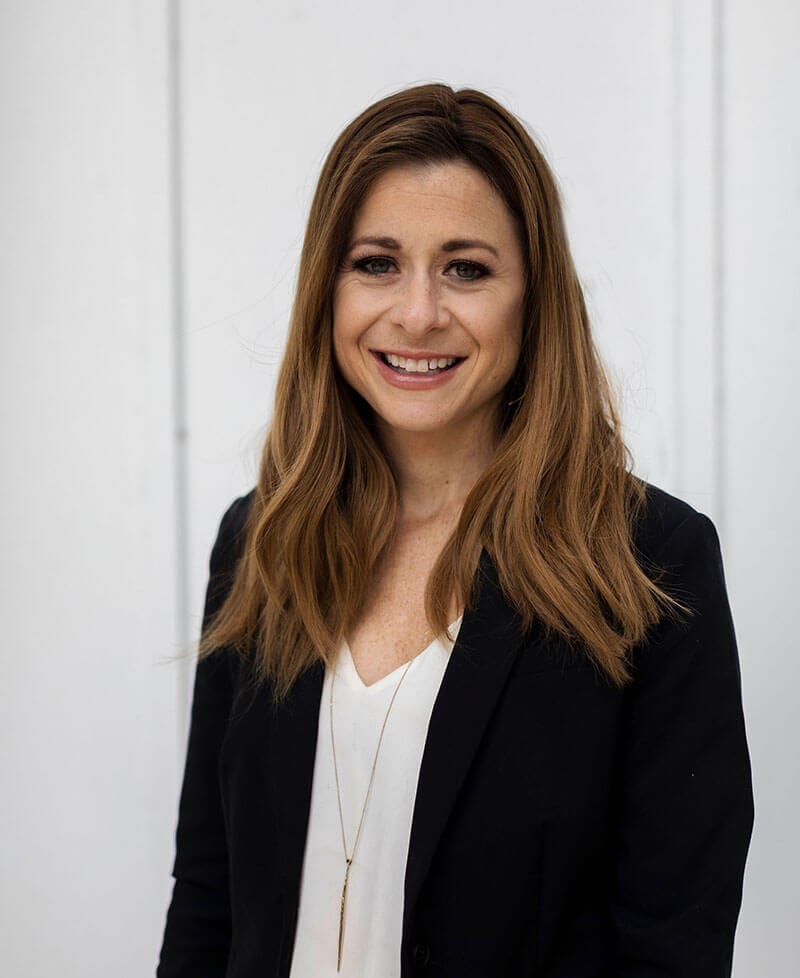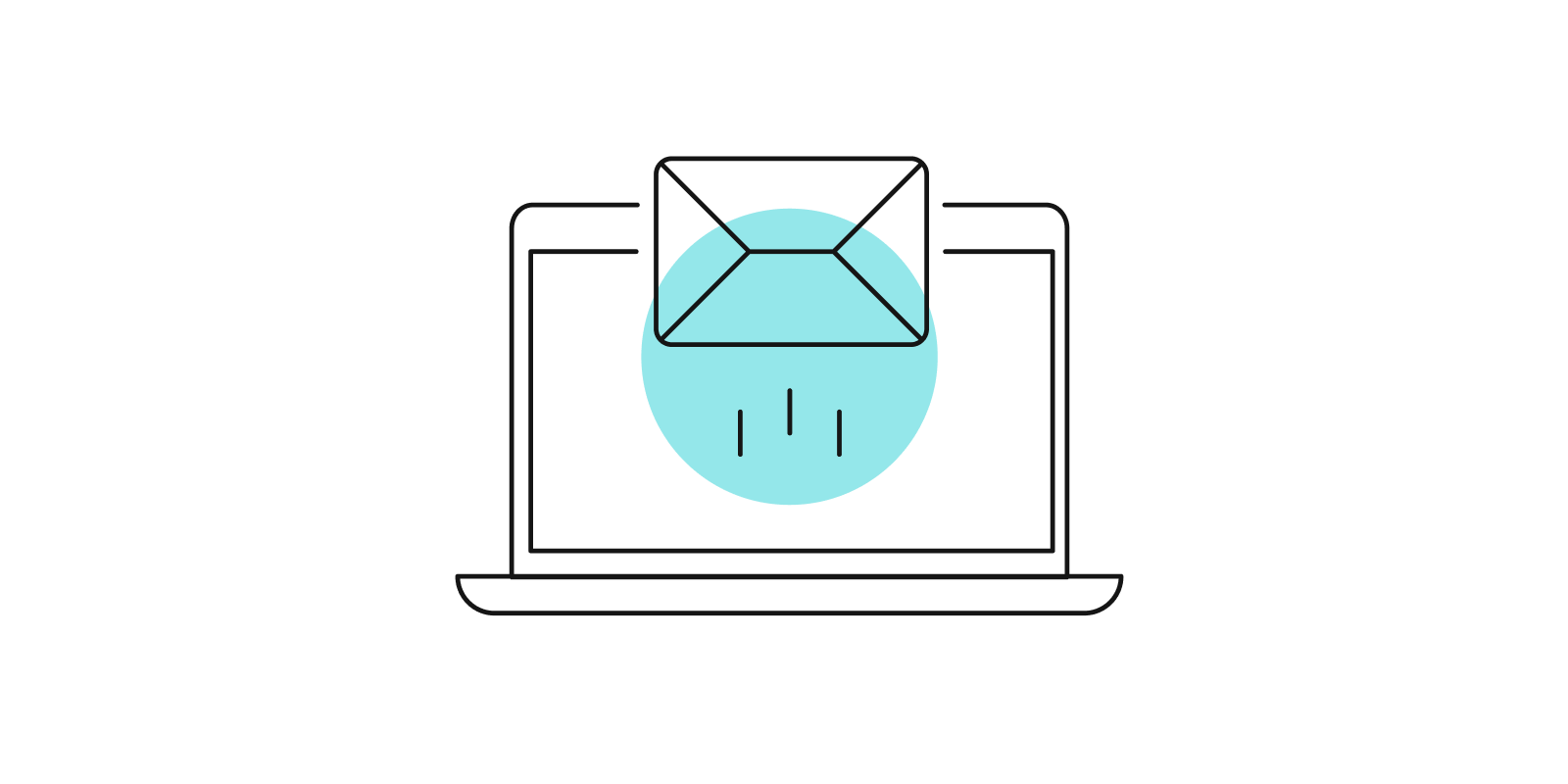
Taking a Proactive and Positive Approach with Students about Academic Dishonesty

As educators, one of the biggest issues we have recently had to tackle in our classrooms is the increase in academic misconduct. At our college, there was a 703% increase in academic misconduct reports from Winter 2020 to Winter 2021. Additionally, there has been a tremendous rise in ed tech companies that flourished during the pandemic. We feel like every time we look in the app store, a new “math solver” app appears. As educators, we can’t even keep up!
In a presentation with Pearson Senior Learning Designer Dr. Elaine W. Tan we discussed specific strategies to be proactive with students about academic integrity. One of those strategies was to introduce academic integrity at the beginning of the term. This proactive approach from day 1 has really made a difference in our classes. In this post, we will go into more specifics.
Define academic misconduct in your syllabus
It’s important to define different forms of cheating and why they’re problematic. It’s equally important to state the value of academic integrity for learning. Many students might not see a given behavior as cheating until you tell them. In fact, in a College Pulse study1, students were asked how acceptable or unacceptable it is to Google homework questions to find the answers and use study websites to find answers to test or homework questions. Over 50% of the respondents said it was acceptable to Google homework questions and 44% said it was acceptable to use study websites to find answers to test or homework questions.
A syllabus statement about academic integrity, including a link to your institution’s student code of conduct, is an important first step to making sure your students are all on the same page. See the wording that we include in our syllabus.
Discuss academic integrity early
Dr. Tan’s research2 found that most students don’t find cheating a problem, with only 15% saying they are very or extremely concerned about contract cheating. This may be because instructor’s aren’t talking about it. Only 1 in 5 students had instructors that discussed that cheating was problematic. Those are alarming statistics, and a good reason why it’s so important to begin the conversation early.
One way to begin that conversation is by setting aside time in the first two weeks of class to show them a video covering academic integrity. Presented in an engaging way, a video like this gets the students’ attention and is more effective than lecturing them. You can also find a math-specific academic integrity video in the MyLab® Math shell for our textbooks Precalculus: A Right Triangle Approach, 5th Edition & Precalculus: A Unit Circle Approach, 4th Edition.
Build connections with students
More findings from Dr. Tan’s research show that one of the reasons students turn to academic dishonesty is because they feel a lack of personal connection, or a sense that instructors don’t know or care about them. This can be especially true with online learning and the isolation brought on by disruptions to learning over the last few years. We can address this proactively by creating a connection within the first days of class.
Something we started doing this past year is having a required 10-minute one-on-one meeting with each student within the first two weeks of the term. Within that meeting, we communicate to them that we are invested in their success and how the course material can help them achieve their real-life goals. We also talk about academic integrity with them. Get the template email we send out to our classes.
Set clear, specific instructions
Have clear and specific rules and instructions for assignments and exams so students know what is ok to use and what is not. This even comes down to stating “you cannot use the solve feature on the calculator to get the answer.”
One of the things we do is use an exam policy checklist that students have to complete before they’re able to take their test. This checklist states which resources are allowed and which are not, links to the student code of conduct, and clearly lays out the consequences for an academic misconduct violation. View our exam policy checklist.
By bringing in these strategies at the beginning of the term, we have found that the number of academic misconduct issues in our courses has decreased dramatically. Although academic dishonesty may never fully go away, it is important to talk about and provide students with the education to improve their actions.
Dive deeper
Watch the full presentation, Proactive and Positive Ways to Engage Students about Academic Integrity.
Get sample documents for communicating with your students about academic dishonesty
Sources
1. Academic Integrity. (2021). College Pulse.
2. Bakken, S., Tan, E. W. & Wood, A. (2021). A Research Review on Student Cheating. Pearson Learning & Research Design.
About the authors
Jessica Bernards and Wendy Fresh, Portland Community College
Jessica Bernards has been teaching mathematics since 2005 and Wendy Fresh since 1992. Both began their careers at the high school level before transitioning to the college level. Jessica and Wendy have taught a wide range of classes from developmental math through calculus, both on campus, remote, hybrid, and online. Additionally, they have developed a free Math Study Skills Program, which is now used across the nation. They are also authors for Pearson Education.





